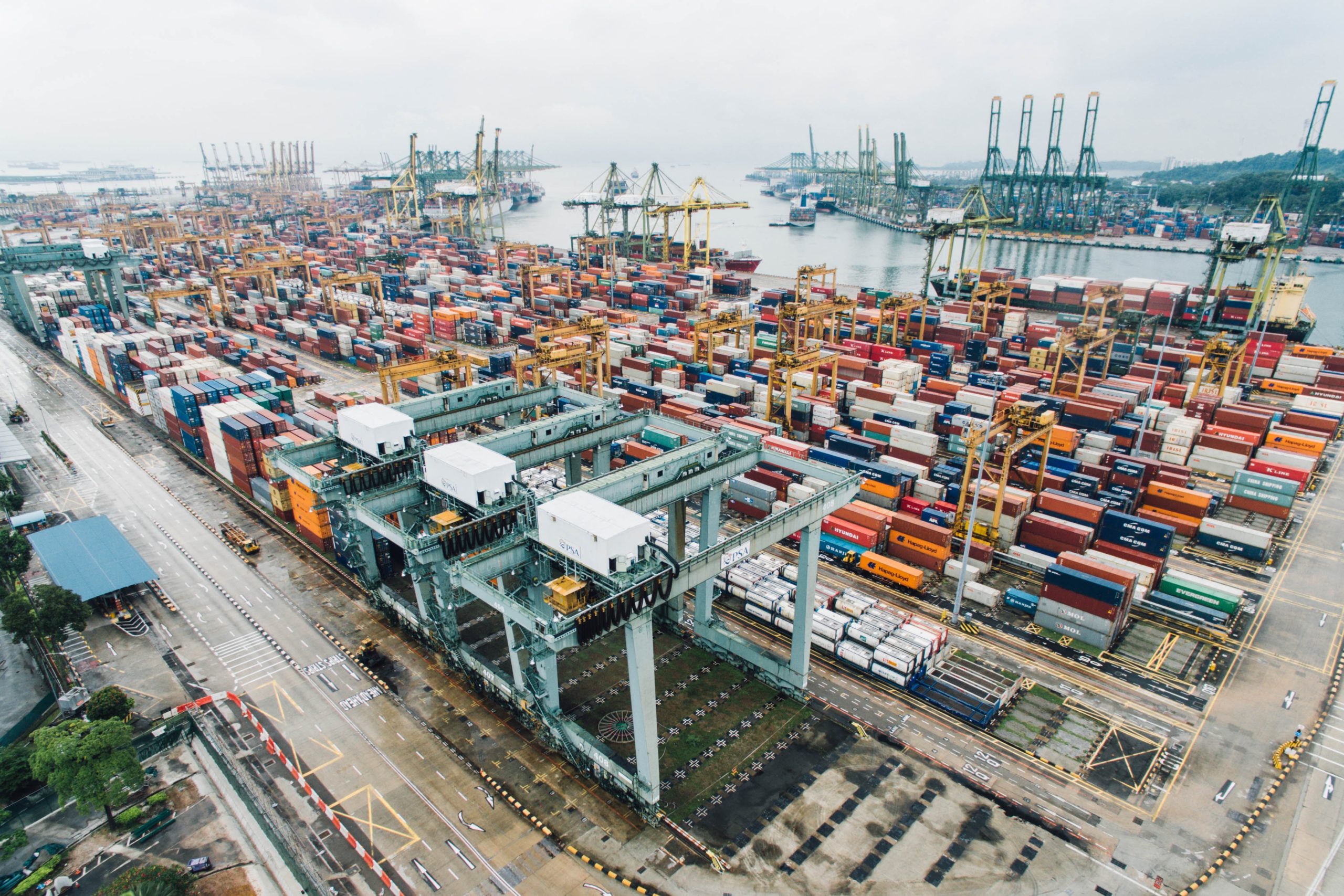By Andy Savoy-Burke, PFSCM Senior 4PL Services Officer.
What is the Red Zone?
Holiday shopping, and the supply chains that meet that demand, are the main cause of the largest annual demand fluctuation in cargo prices. This affects the containerized ocean and air cargo markets at different times, due to the different lead times for each mode of shipment.
Containerized occean prices typically have two annual upswings. The first runs from mid-August through mid-October, as retailers use in-transit fulfillment to hold additional inventory in anticipation of the fourth quarter sales upswing. An additional cargo price increase typically occurs in January and February due to both demand and port closures that result from the Chinese New Year.
Air cargo prices typically peak in a Red Zone that extends from mid-November through early January. An increase in passenger air travel at the same time can affect cargo prices. Prices are impacted by the demand for fuel, which is stimulated by small parcels competing for space with excess baggage on certain flights.
In recent years, the increase in e-commerce has magnified these effects on air cargo prices in the Red Zone – making air shipments more expensive and less predictable during these weeks.
Meanwhile, winter weather in the global north can also cause delays.
What does this mean for public health organizations?
Public health supply chains compete with the retail sector for booking cargo.
The International Air Cargo Association (TIACA) predicts that the industry is better prepared for this year’s demand surge [1]. Likewise, TIACA notes that global air cargo capacity is slightly outpacing demand [2].
However, we cannot rest easy during the Red Zone. A booming global economy means demand for air cargo should be robust. E-commerce is a large and still-evolving sector that makes aggregate demand and cargo patterns difficult to predict; there is also evidence that it may be extending the peak season [3]. A global shortage of air cargo pilots could also affect flight availability [4] [5].
In addition, protectionism and trade disputes have the potential to cause disruption and increase costs.
Disruption or cost increases in commercial freight forwarding impact the humanitarian and public health organizations that depend on these markets for resupply and distribution.
What can supply chains do to manage the Red Zone?
In short, having a solid freight strategy, and exercising proactive logistics planning can make all the difference.
Below are some winning actions that the Partnership of Supply Chain Management executes when it comes to dealing with the Red Zone.
Freight Strategy
- Negotiate fixed rate cards with third-party logistics (3PL) service providers. 3PLs typically agree to fixed rates cards for all but the lowest-frequency lanes. These rate cards are valid for six months, smoothing cost variance.
- Standardize rate cards across all onboarded 3PLs. This facilitates quick cost comparisons and gives the supply chain management company the agility of having at least two 3PL options for most lanes, including all high-volume lanes.
Proactive Logistics Planning
- Proactively engage both upstream suppliers and downstream clients to identify office holidays, warehouse closures, and other events which might disrupt operations. Use and share this information to more easily plan shipments around known end-of-year disruptions.
- Identify orders with expected delivery dates in the Red Zone. Workshop these with the clients and assigned 3PLs. Where possible, expedite shipments ahead of the Red Zone or delay them until after. When that is not possible, book the shipments as early as possible to reserve the capacity and lock-in prices
Read more about PFSCM’s Freight and Logistics services.
[1] https://www.joc.com/air-cargo/international-air-freight/air-cargo-groups-say-peak-season-capacity-match-demand_20180731.html
[2] https://www.iata.org/publications/economics/Reports/afm/Airlines-Financial-Monitor-Aug-18.pdf
[3] https://www.shiplilly.com/blog/e-commerce-extending-peak-season-cargo-companies/
[4] https://blog.kencogroup.com/how-the-cargo-pilot-shortage-will-affect-your-supply-chain
[5] https://blog.kencogroup.com/how-the-cargo-pilot-shortage-will-affect-your-supply-chain

